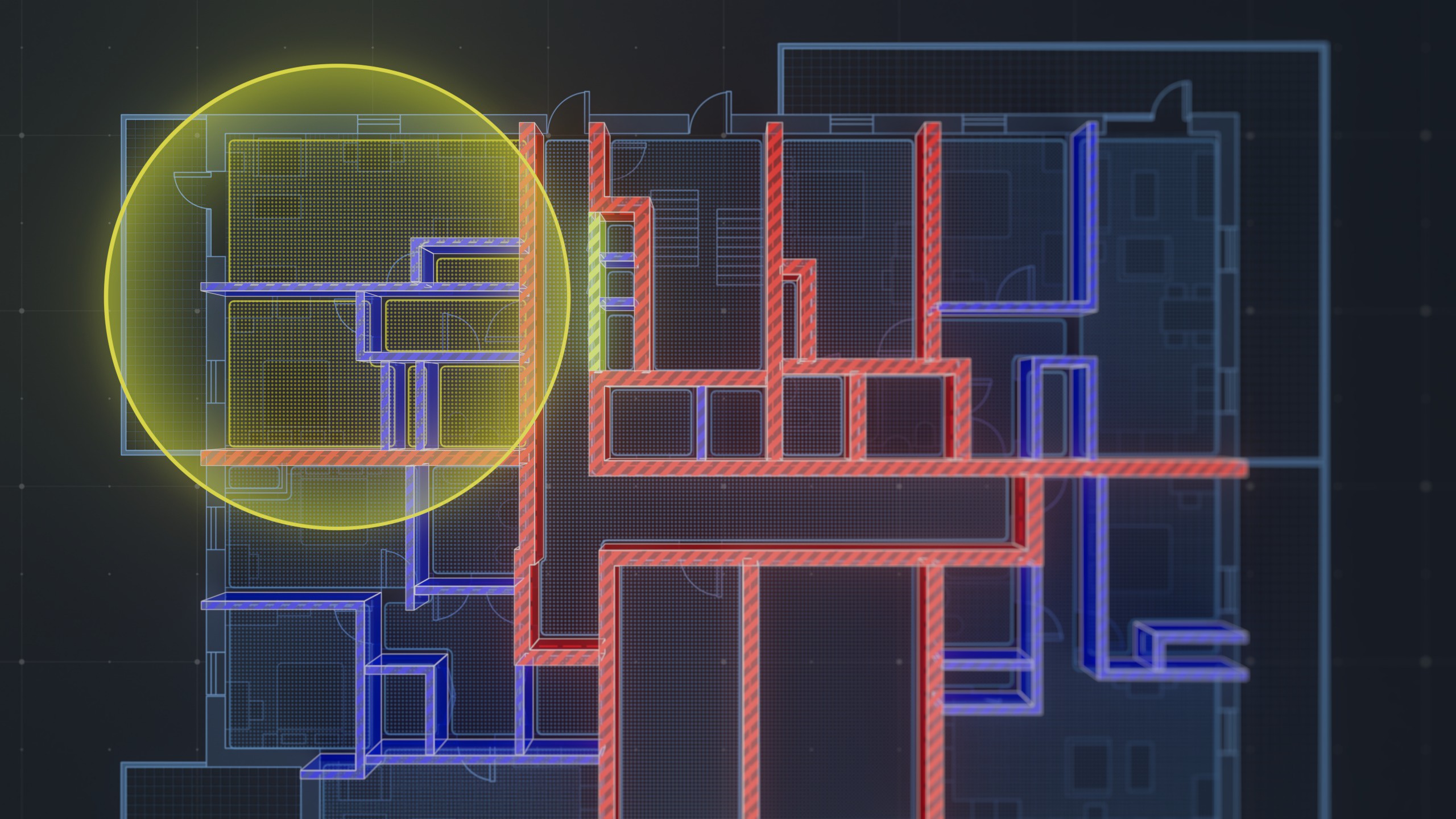The budget is only one factor that contributes to the success of a project. Contractors also need to prove that the work was completed within a reasonable window and all of the expectations were met. To report this in numerical form, construction teams have started providing an earned value analysis once the work gets going.
EVAs report on the full scope of the work and are a way for construction companies to track their progress. They can provide context to clients on how the work is getting done. Learn more about conducting an earned value analysis and how to use it within your business.
What Are the Components of Earned Value Analysis?
There are three key values needed to conduct an EVA. Each of these values needs to be included and accurate for the EVA to be valuable.
Planned Value
The planned value is the baseline for your project. It includes the estimated costs to complete the project from start to finish. It includes all types of building costs, including the materials, labor, and equipment required to finish the job.
The more information you include in your planned value, the fewer surprise costs you will likely accrue once the work gets started.
Actual Cost
The actual cost is the price so far for the project. If a baseline estimate calculates materials would cost $10,000 and they actually reach $12,000, the latter number will be the actual cost.
Teams need to consider hard and soft costs, also known as direct and indirect costs, to track all of the expenses accrued by the company when doing the work. Hard or direct are associated with specific projects, like materials or permitting. Soft or indirect costs are tied to the business as a whole, like machinery or the tablet you use to plan out your work. By the time the books are recorded, there will be several cost categories included and broken down into greater detail.
Earned Value
Earned value reports how much of the project is completed to date. It is usually reported as a percentage of the budget spent. It can be used to better compare the actual cost to the planned value. You can calculate earned value by multiplying the percentage completed by the total budget. This can give you a numerical metric for project completion.
Metrics That Calculate Earned Value Analysis
Pulling the three elements of planned value, actual cost, and earned value is only the first step toward completing an EVA. Companies can take that data and calculate additional metrics that report on the health of the project. Here are two factors that construction teams look at:
- Cost variance: this covers the amount that has been spent from the planned value compared to how much the company expected to spend at the time of the analysis. It reviews the planned value and actual cost based on the performance of the project.
- Schedule variance: this covers the earned value of the work done compared to where the project should be at this time. It tells customers if the project is on track.
For example, if a project has a $20,000 budget and has only spent $18,000 at the halfway mark, its cost variance would be -$2,000. The project is underspending, which could be a good thing if it continues to save the customer money.
However, if the project is expected to provide $300 worth of value each day over 60 days and the schedule variance reports it has only produced $15,000 worth of value by the 30-day mark (when it should be up to $18,000) then this could indicate that the project is behind.
An EVA only reports the numbers on the project’s progress. It cannot provide context as to why the work might be ahead or behind.
Implementing Earned Value Analysis in Construction Project Management
Implementing earned value analysis within your projects is a multi-step process. Before you can analyze your data you need to develop methods to collect several different numbers and implement accurate project plans. If you have missing or incorrect information, your EVA won’t be valuable to you or your customers.
Develop a Project Plan
The first step is to have a detailed project plan when working with customers. The plan will evaluate the scope of the project, the materials needed, and any specific requirements that set this project apart from the rest. Your team can develop a project plan template and then modify it based on individual client needs.
The more details your customer provides, the better the project plan will be. You can walk your client through their project size goals, materials preferences, and key features. Clear client communication is an important way to avoid mid-project changes that could be costly.
Establish a Work Breakdown Structure
Once you have a project plan in place, you can create a work breakdown structure (WBS) that outlines how the work will get done. For example, when building a house, the first phase of the WBS would involve drafting blueprints and getting permits. The WBS would list this as a key priority and explain who is involved in the process. From there, the WBS would detail processes for excavating the land and laying the foundation.
The WBS is useful for planning when certain materials and team members will be needed. No one needs to schedule a plumber if the blueprints haven’t been drafted yet. No one needs to spend money on finishes until there is a building to put them in. The WBS can also help companies identify sources of delays. If the plans are stuck in the local permitting office, it will impact the rest of the project.
The WBS can help you identify the value of each part of the project and help you track the schedule variance.
Calculate Planned Value
Once you have a clear outline of the project, you can dive into greater detail about its expected costs. The planned value tracks the estimated labor and materials involved in completing the project. It looks at every possible expense, including overhead and equipment usage, and factors them in.
This is where you will start to handle numbers related to the project, which will then be used for the EVA. Accurate takeoff can keep your planned value closer to your actual value throughout the tracking process. While you won’t perfectly estimate each expense, you can get better measurements and estimates.
A great example of this is materials costs. If you have a better estimate for your cement needs, then you won’t overbuy and waste the concrete. There is also less of a risk of underbuying and spending more than your customer thought you would.
Look into takeoff software and digital cost estimator tools to guide this process. These apps will help you include all possible expenses so you can get a reasonable planned value amount.
Continuously Track Earned Value and Actual Cost
Good planning ahead of a project can set you up for a positive EVA; however, it’s important to keep up with your bookkeeping once you start purchasing materials, hiring subcontractors or workers, and using equipment. Get into the habit of tracking and recording each expense, which will help you see how every project unfolds in real-time
This is another opportunity to invest in the right tools for your business. When you have trusted takeoff software, you can take your estimates and update them with better information. You can take your initial calculations and record the actual costs. Even at a glance, you’ll be able to see if you’re overpaying for a project or if your estimates were close to the actual numbers.
An earned value analysis can be a useful tool to track your projects and walk your customers through the work you do. Practice developing these reports and see how they change your financial projections and project management.




.png)